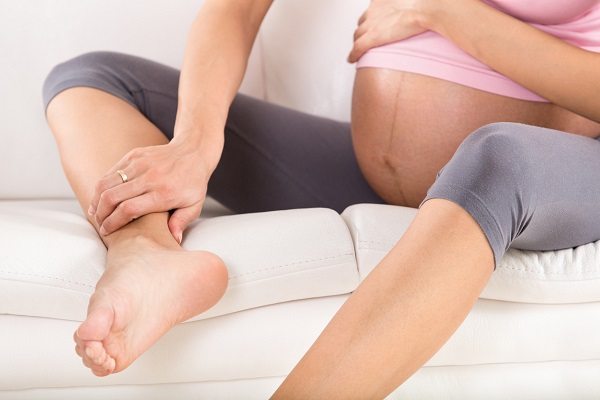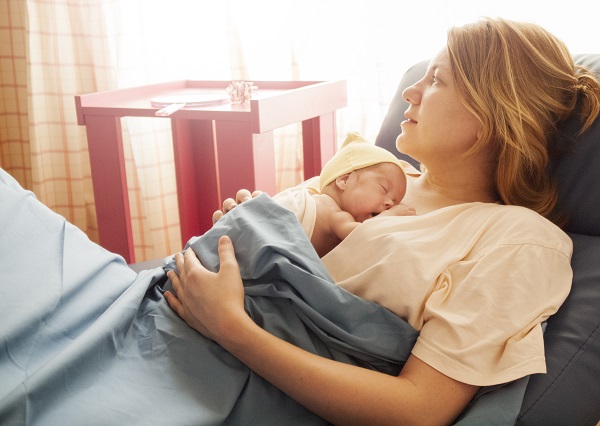It’s not the sexiest of subjects, sure, but with pregnant women four to five times more likely to develop thrombosis, it’s pretty important to know the symptoms and when to get help.
Thrombosis is the catch-all term for deep vein thrombosis, DVT (when a clot forms in a deep vein, such as the leg or pelvis) and pulmonary embolism, PE (when a DVT breaks away and travels to the lungs). According to the Rotunda Hospital in Dublin, which has published an information sheet on the subject, about 1 in 1,000 women experience thrombosis in pregnancy. The growing baby places increased pressure on the chambers of the heart, slowing down the flow of blood and causing an increase in pressure to the veins of the legs. Increased hormonal levels can also increase the elasticity of veins, further slowing the flow of blood and causing damage to the lining of the blood vessels, increasing clotting ability.
What are the symptoms?
Symptoms of DVT in the leg include pain, tenderness, swelling and a feeling of warmth, bruising and redness. Symptoms of PE include unexplained shortness of breath, chest pain or tightness in the chest, rapid breathing and heart rate, coughing up blood, and fainting and lightheadedness. If you experience any of these symptoms, you should seek medical help immediately.
Are there risk factors for thrombosis?
Thrombosis is relatively rare but there are some risk factors, such as a family or personal history of thrombosis; aged 35 or older; three or more previous pregnancies; multiple pregnancy; obesity; smoking or injecting drugs; IVF treatment; medical conditions such as pre-eclampsia, heart disease, varicose veins, ovarian hyperstimulation syndrome or a clotting condition; dehydration or reduced mobility, and if you have had a prolonged labour, C section, blood transfusion or suffered postpartum blood loss in miscarriage and birth.
Can thrombosis be prevented?
To help prevent thrombosis, it’s recommended that you keep moving to improve your blood flow and avoiding long journeys without breaks to stretch your legs, to keep hydrated, to get to and stay at a healthy weight, and to wear anti-embolism stockings to prevent the formation of clots.
How is thrombosis treated?
Thrombosis is usually treated using Low Molecular Weight Heparin (LMWH), which thins the blood, dissolving clots and preventing further clot formation. LMWH is safe for expectant mums as it cannot cross the placenta to affect the baby and it does not substantially increase the risk of postpartum bleeding.
For more information on thrombosis in pregnancy, visit the Rotunda Hospital’s website or Thrombosisireland.ie









